Advancements in IoT Technology
The Smart Homes Security Service Market is significantly influenced by advancements in Internet of Things (IoT) technology. The proliferation of connected devices has transformed the way security systems operate, allowing for seamless integration and communication between various components. This interconnectedness enables homeowners to monitor their properties remotely through smartphones and other devices, enhancing convenience and control. According to recent data, the number of connected devices is expected to reach 75 billion by 2025, indicating a robust market potential for IoT-enabled security solutions. As consumers increasingly adopt smart home technologies, the demand for integrated security services that leverage IoT capabilities is likely to rise. This trend not only enhances user experience but also positions companies within the Smart Homes Security Service Market to capitalize on the growing appetite for innovative security solutions.
Regulatory Support and Standards
The Smart Homes Security Service Market is benefiting from increased regulatory support and the establishment of industry standards. Governments and regulatory bodies are recognizing the importance of home security and are implementing policies that encourage the adoption of advanced security technologies. For instance, initiatives aimed at promoting energy efficiency and safety in residential areas are paving the way for the integration of smart security systems. Furthermore, the establishment of standards for data privacy and cybersecurity is fostering consumer trust in smart home technologies. As a result, the market is likely to see a rise in investments from both consumers and businesses, as they seek to comply with regulations while enhancing their security measures. This supportive regulatory environment is expected to propel the growth of the Smart Homes Security Service Market in the coming years.
Rising Urbanization and Population Density
The Smart Homes Security Service Market is being propelled by rising urbanization and increasing population density in urban areas. As more individuals and families move into cities, the demand for effective security solutions becomes paramount. Urban environments often present unique security challenges, including higher crime rates and the need for efficient monitoring systems. Data indicates that urban populations are projected to grow by 2.5 billion by 2050, creating a pressing need for advanced security measures in residential settings. Homeowners in densely populated areas are more likely to invest in smart security systems that offer comprehensive coverage and real-time alerts. This trend is likely to drive innovation and competition within the Smart Homes Security Service Market, as companies strive to develop solutions tailored to the specific needs of urban dwellers.
Growing Demand for Enhanced Security Solutions
The Smart Homes Security Service Market is experiencing a notable surge in demand for enhanced security solutions. As consumers become increasingly aware of the vulnerabilities associated with traditional security systems, there is a shift towards more sophisticated technologies. This trend is evidenced by the projected growth rate of approximately 25% in the sector over the next five years. Homeowners are seeking integrated systems that offer real-time monitoring, remote access, and automated alerts, which are becoming essential features in modern security solutions. The increasing incidence of home burglaries and property crimes further fuels this demand, as individuals prioritize the safety of their homes and families. Consequently, companies within the Smart Homes Security Service Market are innovating to meet these evolving consumer expectations, thereby driving market growth.
Consumer Preference for Customization and Personalization
The Smart Homes Security Service Market is witnessing a shift in consumer preferences towards customization and personalization of security solutions. Modern consumers are increasingly seeking systems that can be tailored to their specific needs and lifestyles. This trend is reflected in the growing popularity of modular security systems that allow users to select and integrate various components based on their unique requirements. Market data suggests that nearly 60% of consumers express a preference for customizable security solutions, indicating a significant opportunity for companies to differentiate themselves in a competitive landscape. As the demand for personalized experiences continues to rise, businesses within the Smart Homes Security Service Market are likely to focus on developing flexible and adaptable security offerings that cater to diverse consumer preferences.


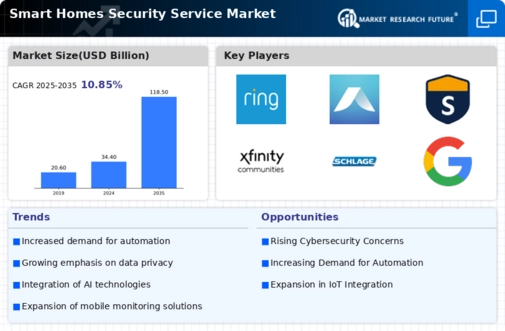
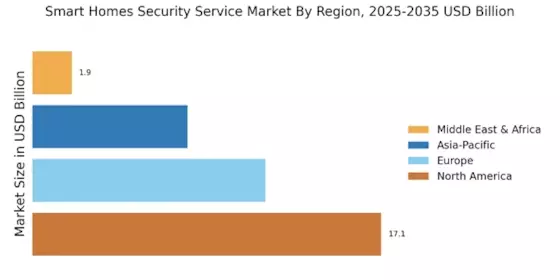
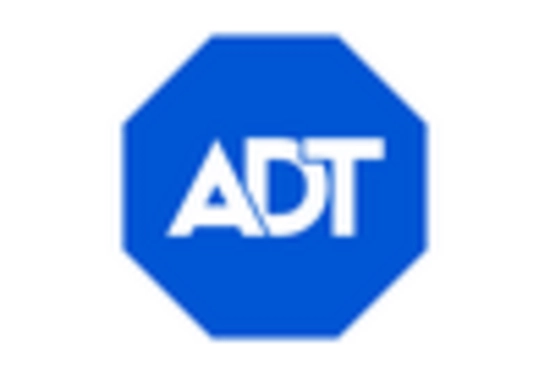


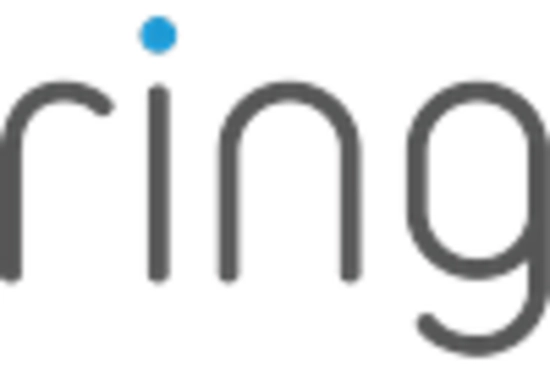

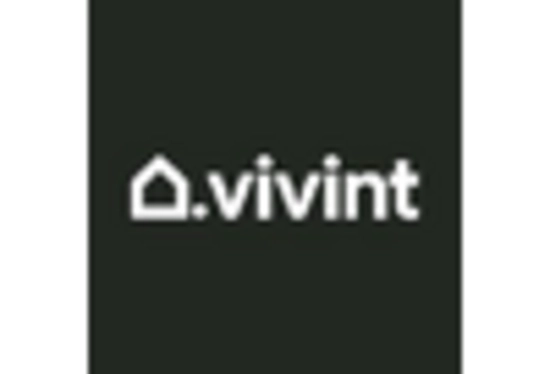








Leave a Comment